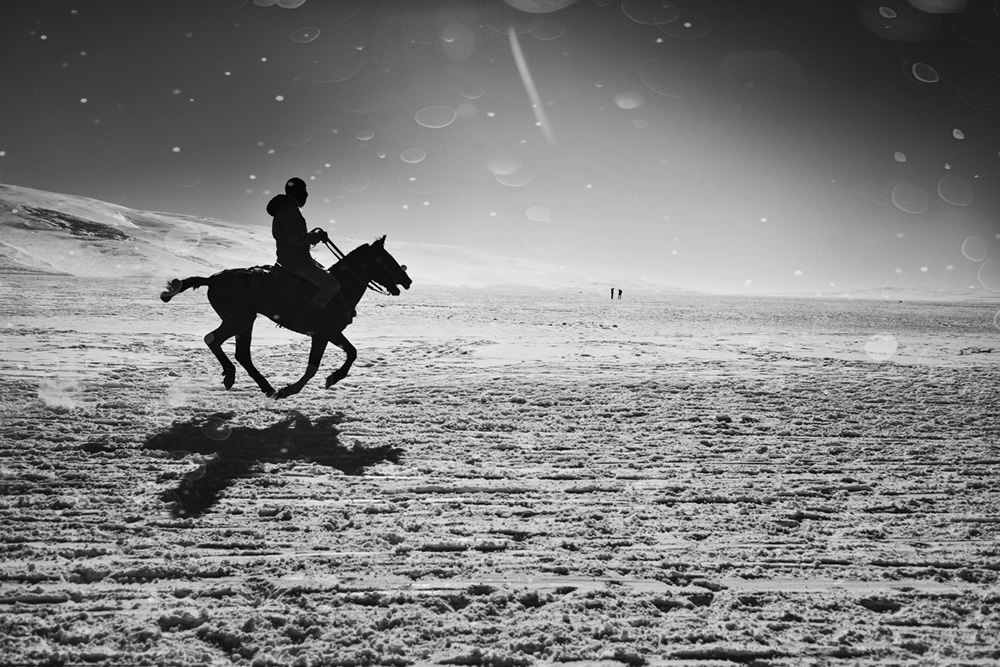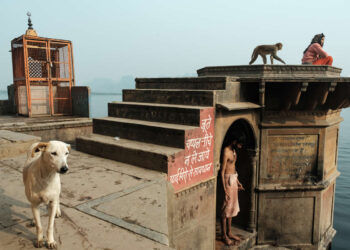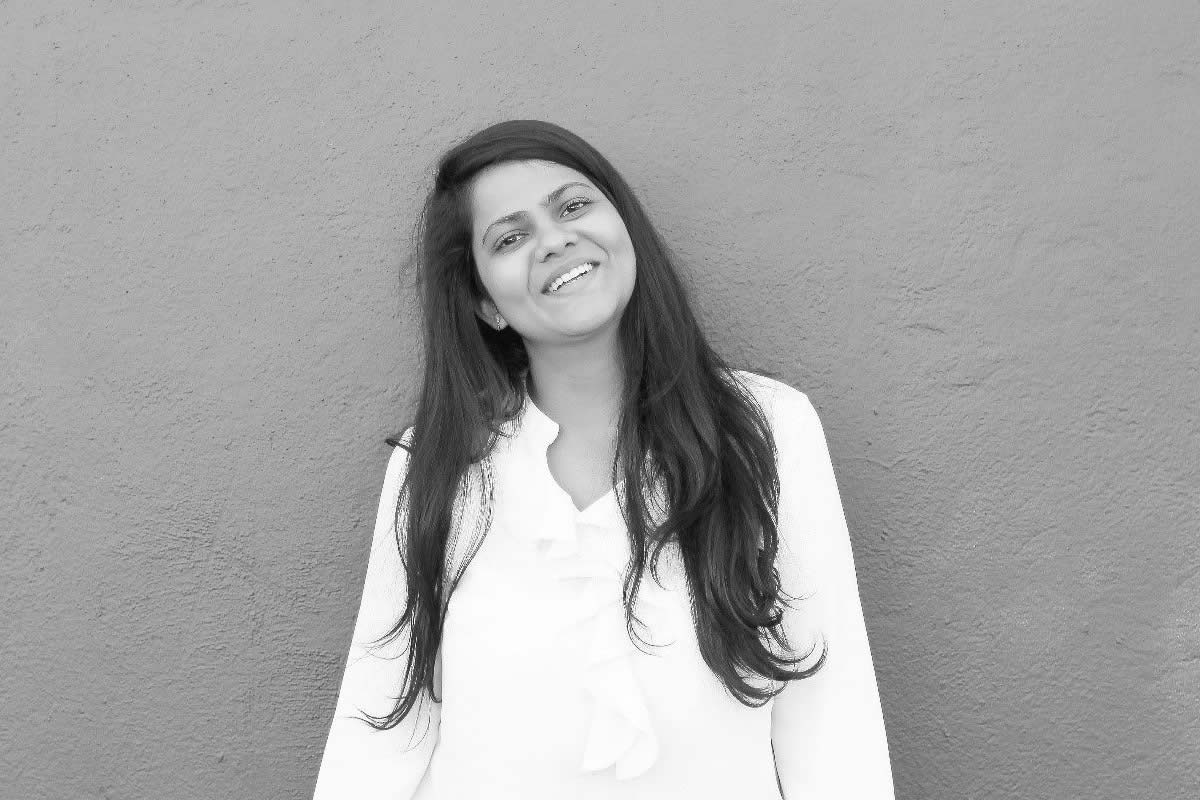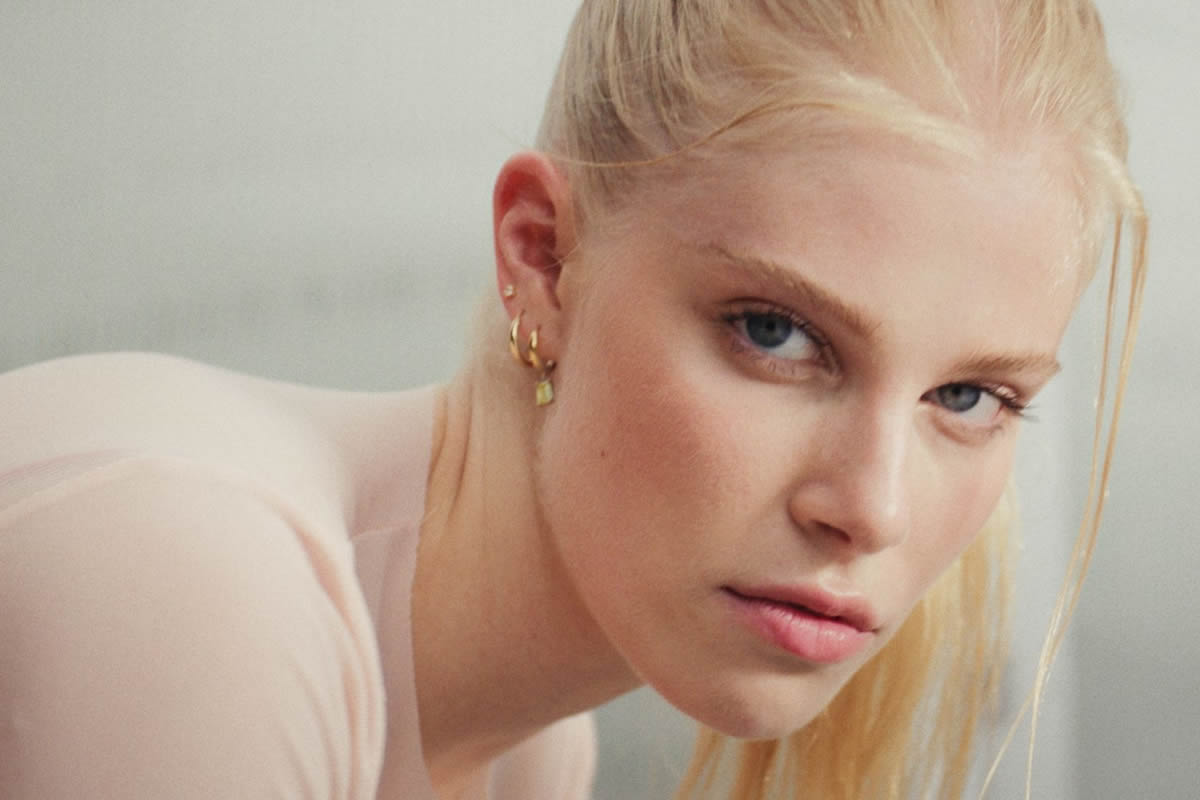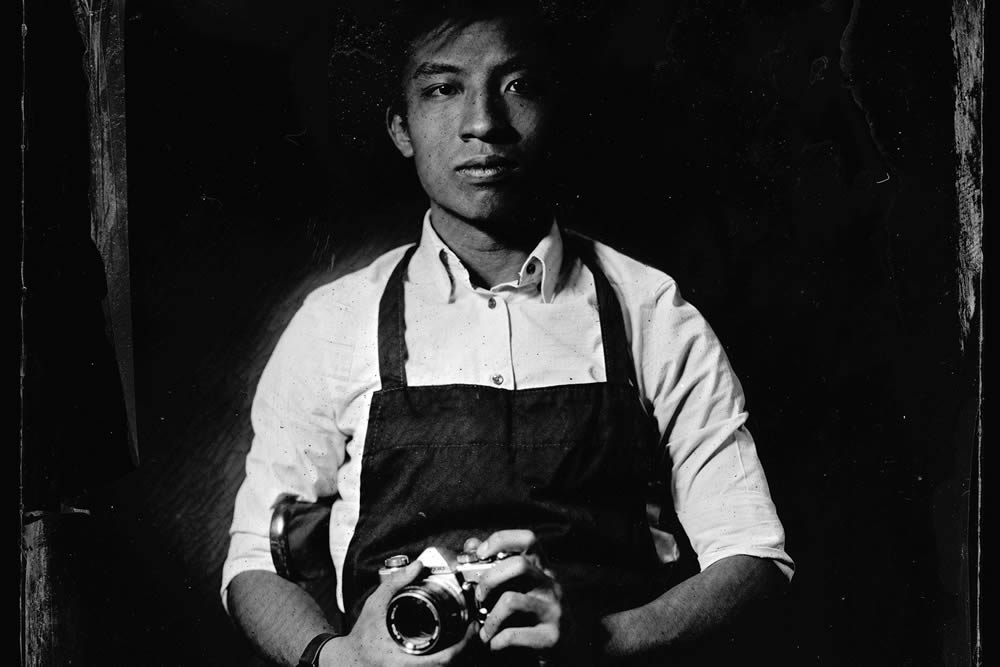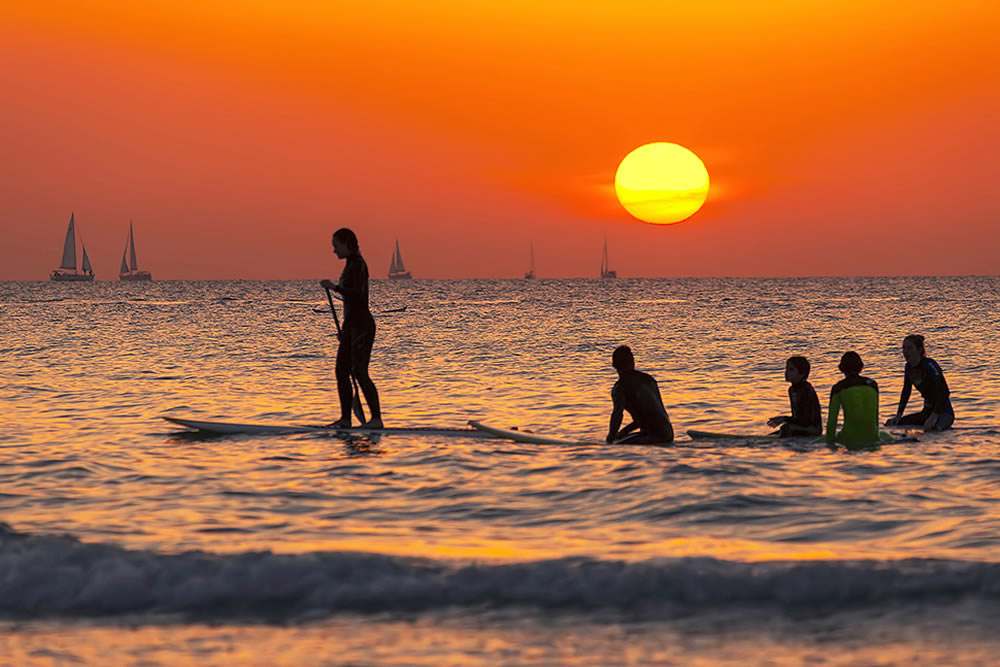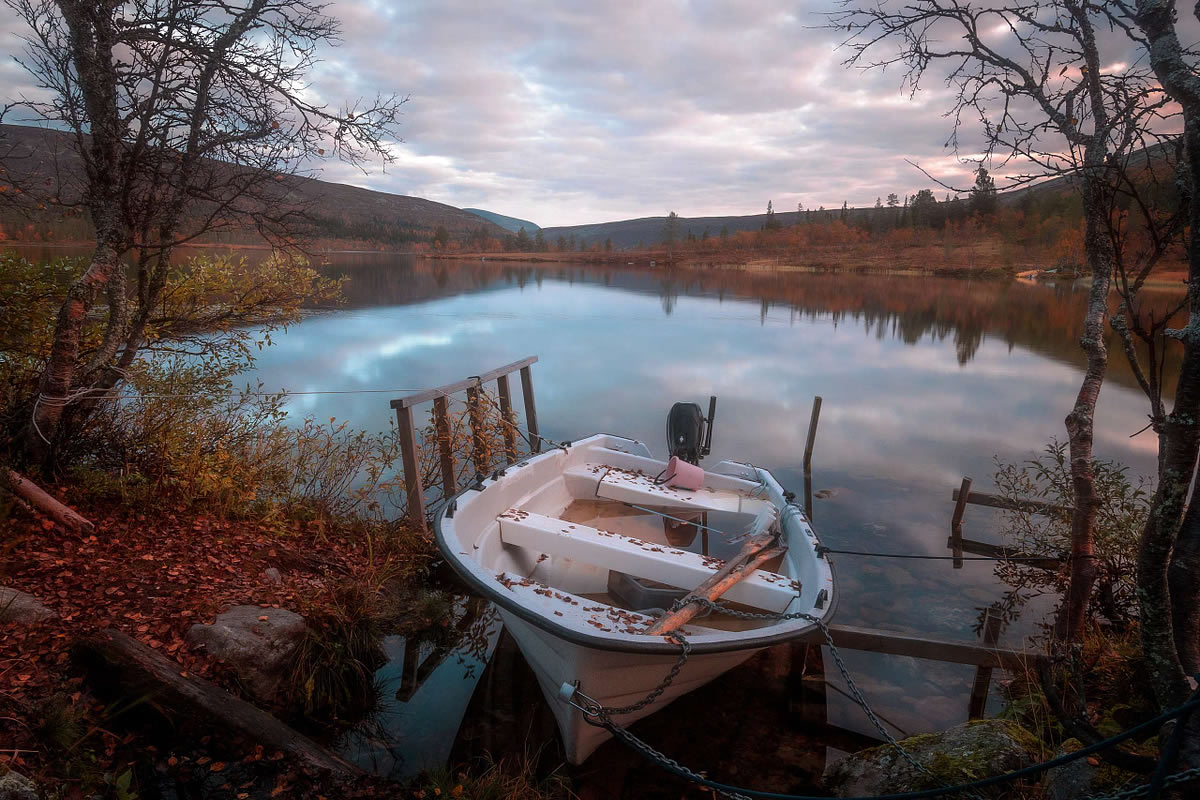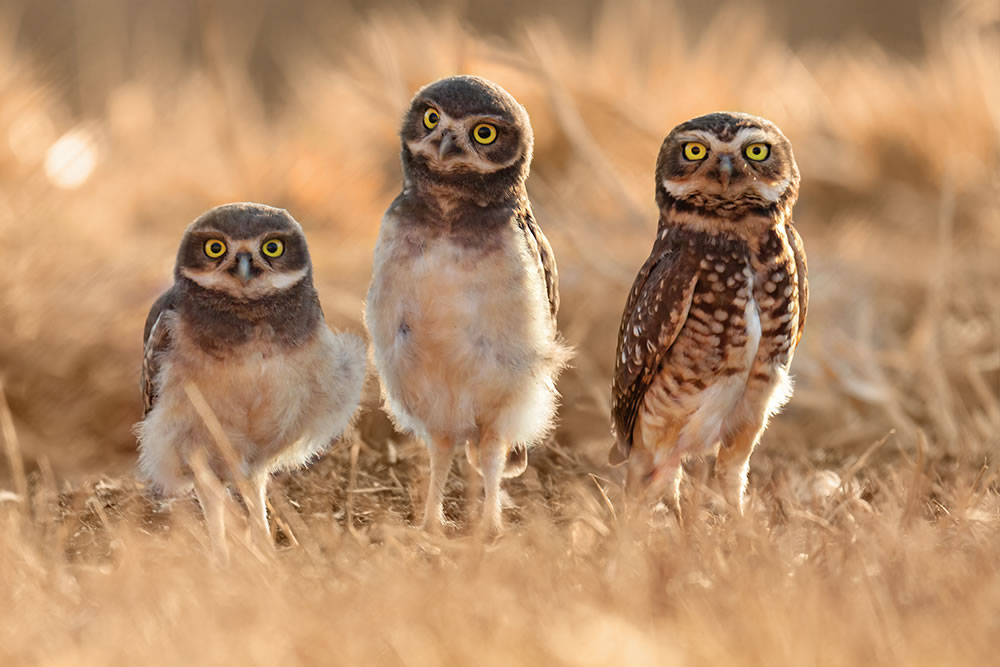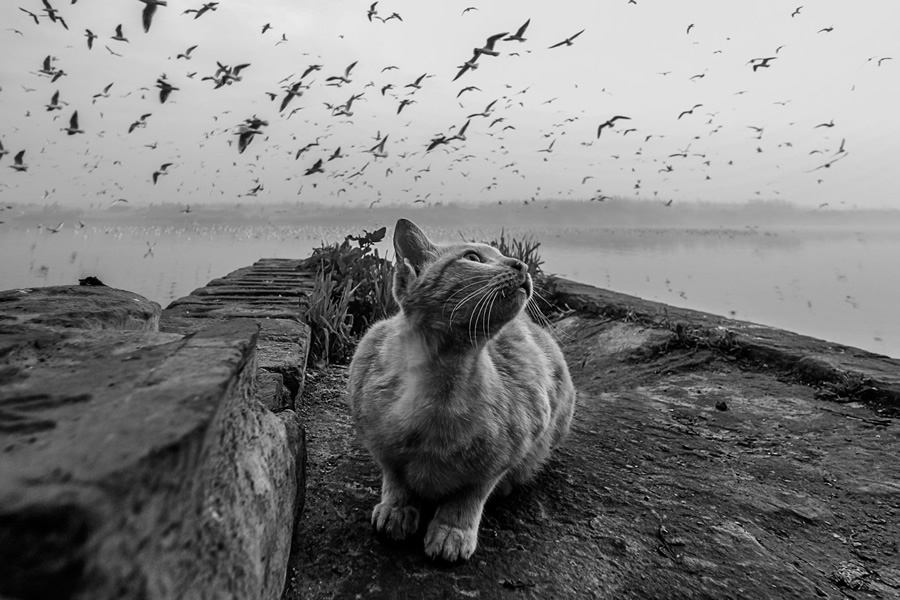Suzan Pektas is a documentary photographer born and brought up in Balkans, and currently living in Istanbul, Turkey. She started photography 5 years ago as a semi-professional career. for Suzan, documentary photography is a power of storytelling. She truly mesmerized by life, and more specifically the lives of ordinary people, which are, at the bottom, built of personal stories.
Thanks, Suzan for accepting our invite. Please read on…
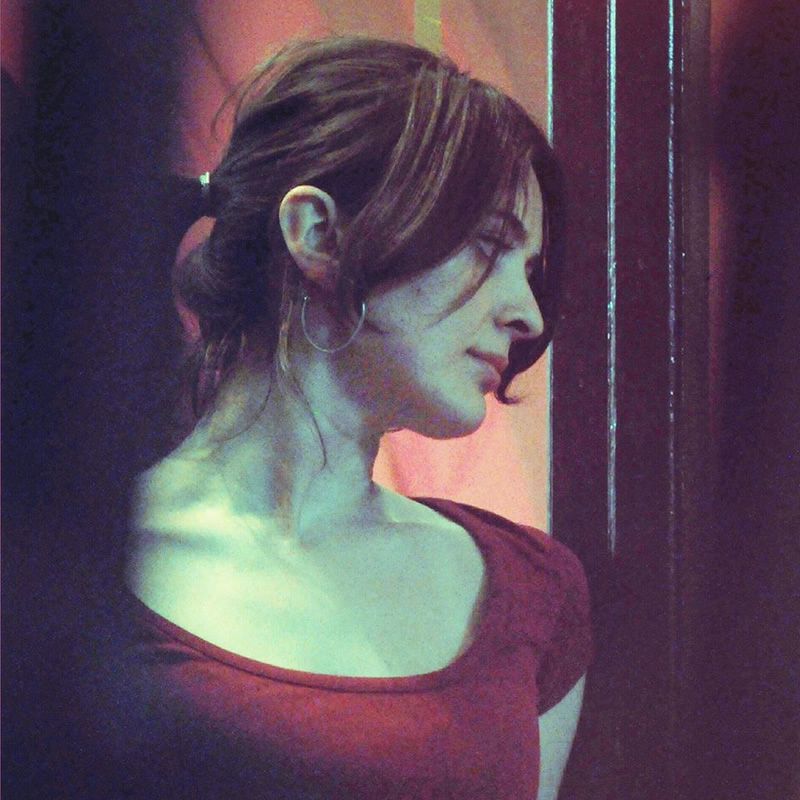
Hi Suzan, thank you for joining us here today! First of all, Could you please introduce yourself?
I was born in the Balkans and grew up there. I am currently living in İstanbul, Turkey, on the Balkan side.
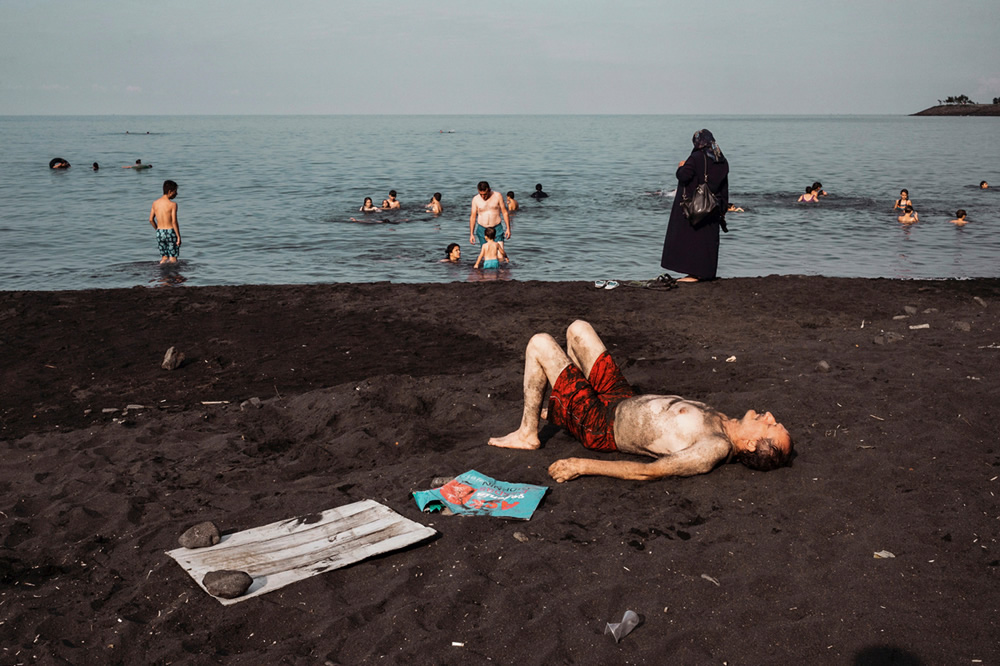
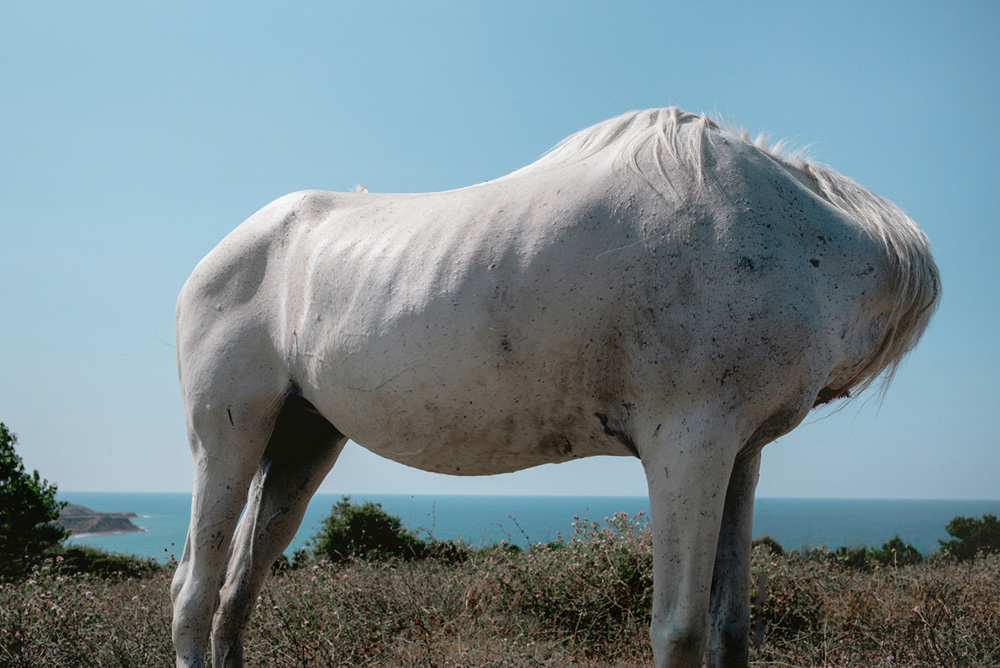
Please share some of your childhood memories towards the art?
I had an intimate relation with light since my childhood. I remember playing with shadows and being deeply impressed by the infinite possibilities that one can create with light. The shapes, the textures, and everything. And photography is creating with light. I feel destined to be a photographer.
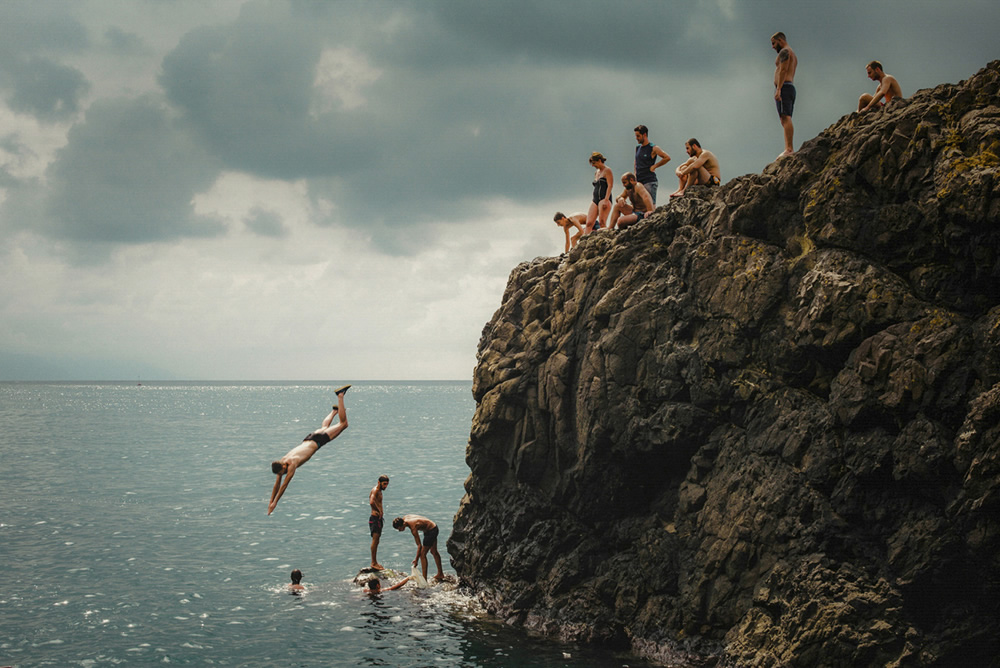
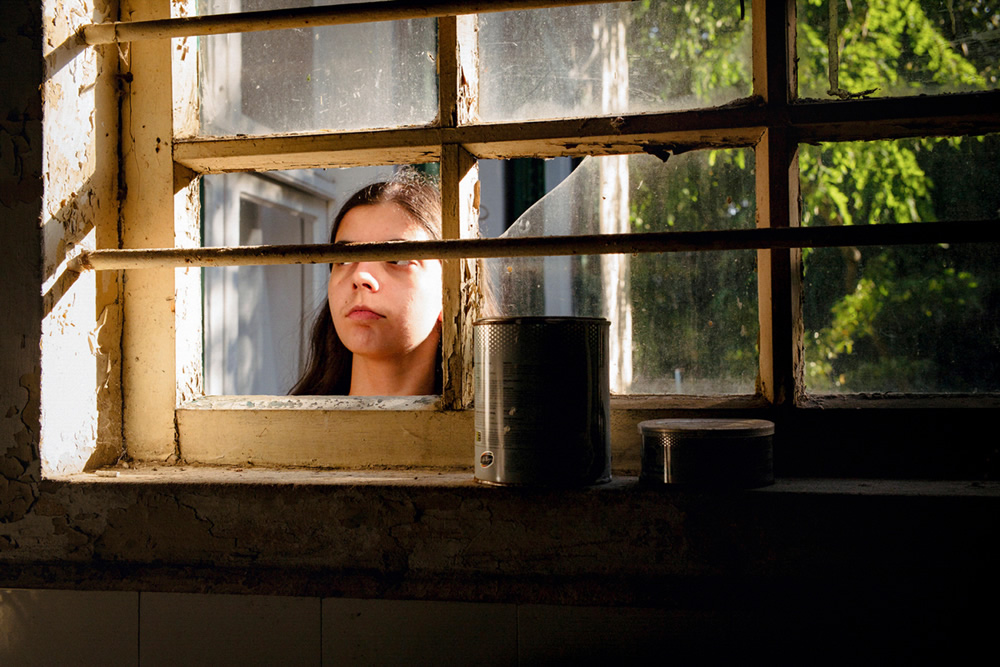
When did you start shooting and how did this love for photography happen?
It was not until my college years that I got involved with photography seriously. A close friend of mine was an amateur photographer and I used to borrow his camera. He submitted some of my photographs, together with his own, to be considered for an exhibition. They were selected and this, I guess, marks the beginning of it all. I built my own darkroom with second-hand equipment and bought my first camera, a Zenith. They were fascinating years, full of self-experimentation and exploration of this new medium to express myself. Then I had to give a break and it was not until 5 years ago that I decided to presume photography as a semi-professional career.
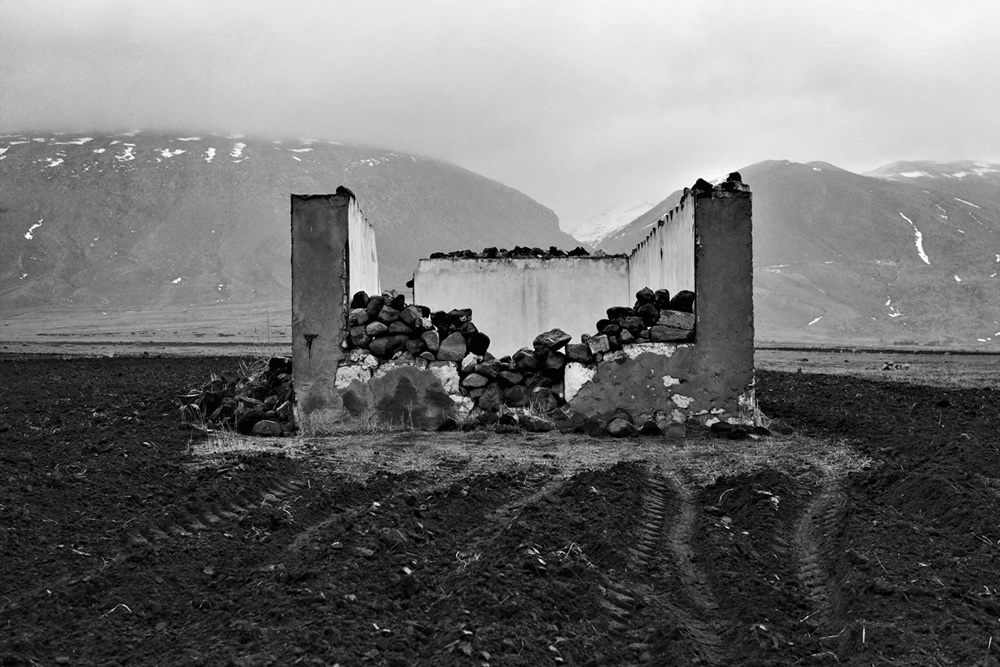
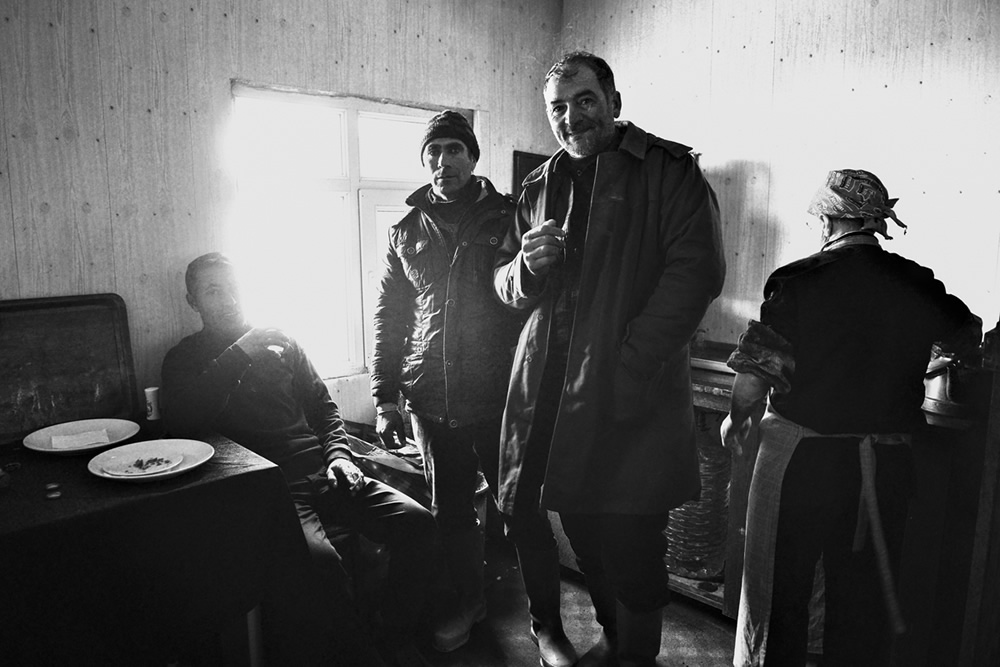
Why did you choose Documentary Photography?
The short answer is its power in storytelling. I am truly mesmerized by life, and more specifically the lives of ordinary people, which are, at the bottom, built of personal stories: Life is a collection of stories. Through my quest, I have witnessed so many different lives in the most unimaginable ways that I feel like they even shaped my life and became my stories. Documentary photography is an effective and aesthetic way to tell these stories and be creative at the same time. I want to share them, to raise awareness towards the richness and diversity of life. I want to widen every single person’s life and break their shells.
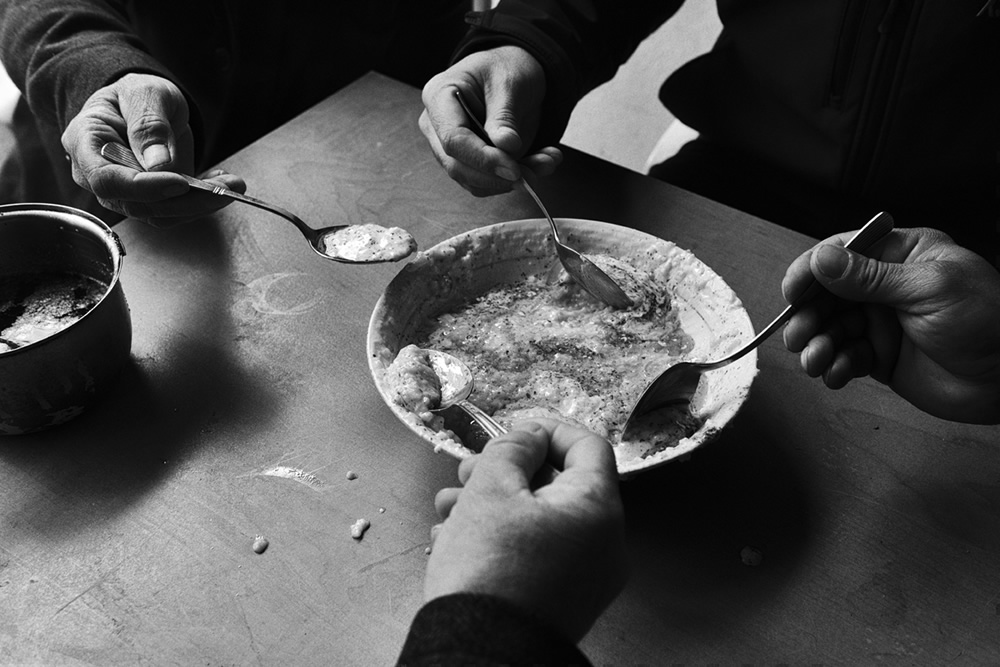
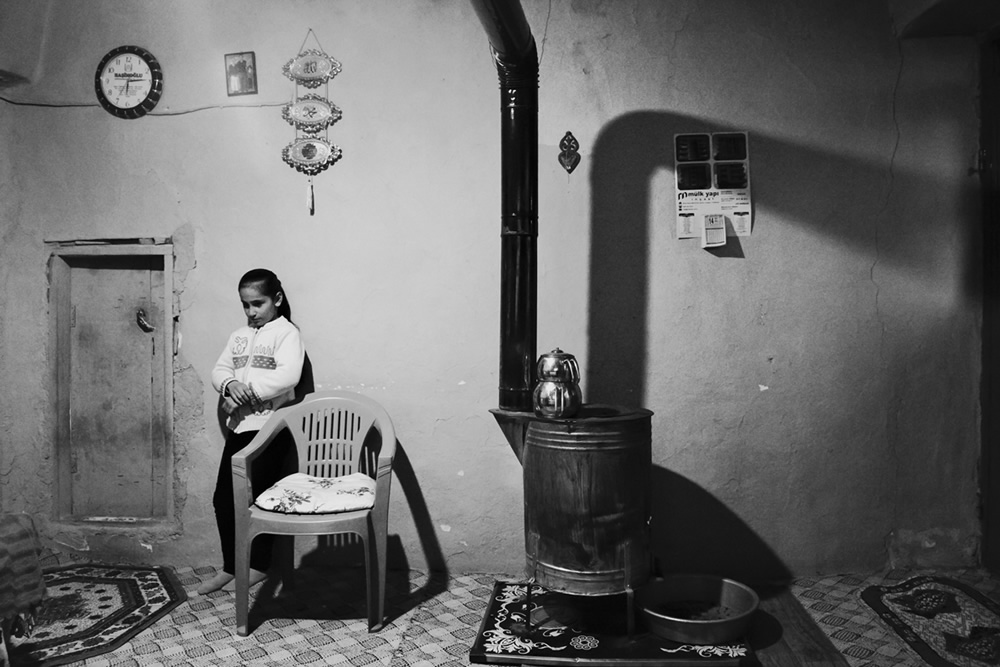
Few words about your projects Human Landscapes & Dreams the Black Sea?
Human Landscapes of East Anatolia is the biography of a landscape, a biography containing all its enigmas and contradictions. It is also a human biography, where the landscape itself is a metaphor that identifies the diverse elements that make up a person. With such a perception of the series, it is appropriate to use the term inner landscape.
Dreams the Black Sea is a tribute to my childhood. Some of the most memorable times I had as a child were the summer times that the whole family used to spend in a small hut on the Black Sea coast. And the highlight had always been the mesmerizing stories my grandpa used to tell us about the headless horses, the children, the sea. The idea emerged when I visited my birth-land with my family after 25 years. I have been roaming over the region, mostly on the southern coast, searching for traces of the characters of those stories, looking for visual notes connecting my present existence to my childhood by the sea and to the sea itself.
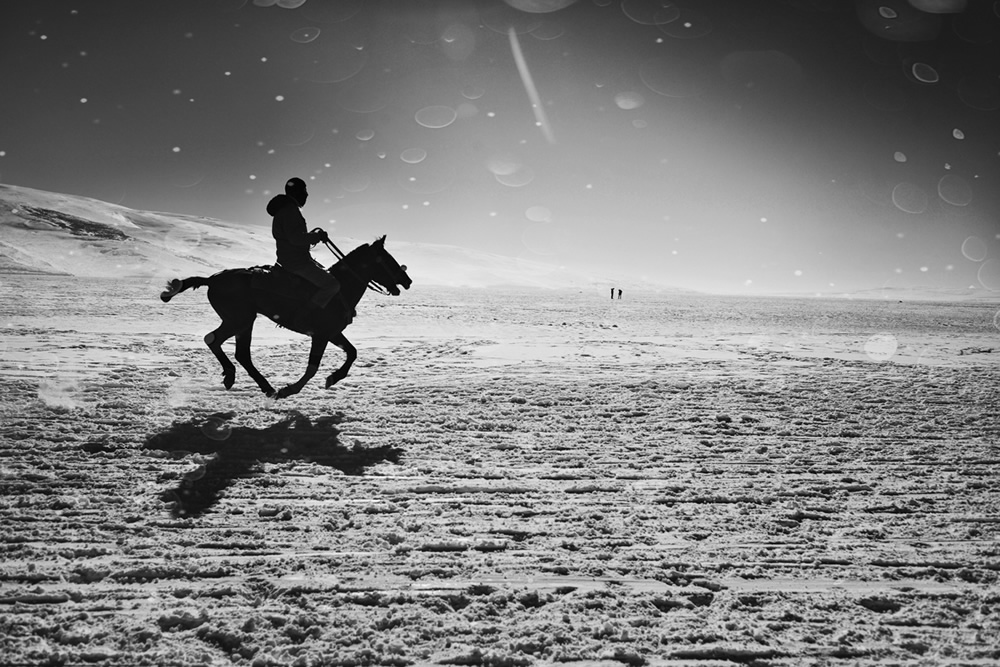
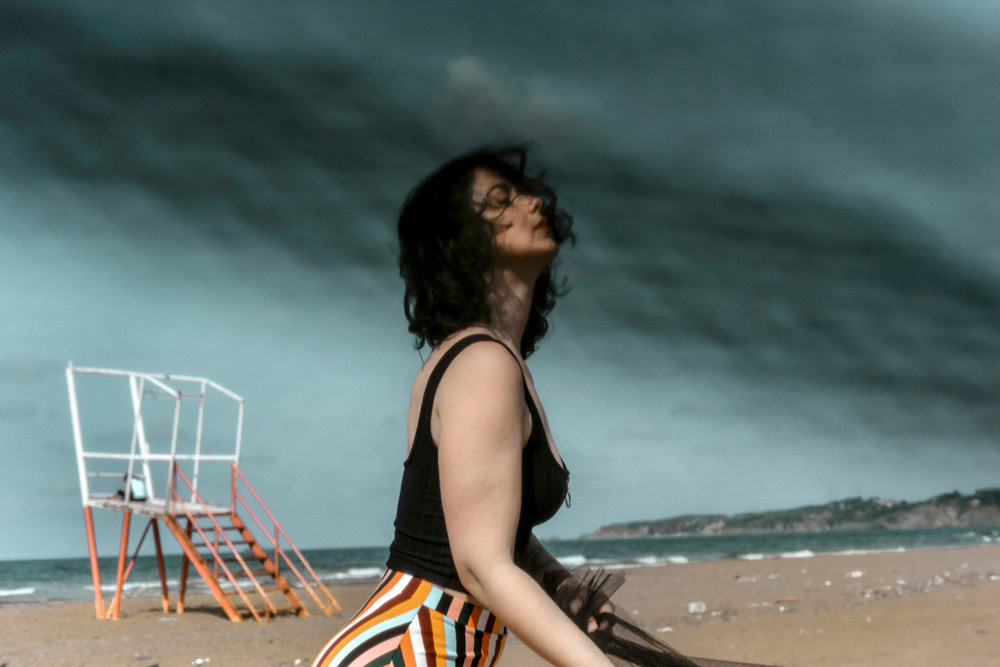
There is some sort of silence in your photographs. Few words about that?
I am mostly concerned with the existence and consciousness of the individual. That evokes my curiosity about the people lost in their own inner worlds, with so many stories. Most, irrespective of the space they exist in, are in deep solitude, unseen and untouched. I want to capture and recreate this solitude, but not in a sad sense, rather as an appreciation of the people and their singular consciousness, unearthing their emotional layers and exploring how deeply they shape the individual. I believe these are invisible ties that, at an unconscious level, bind us all together.
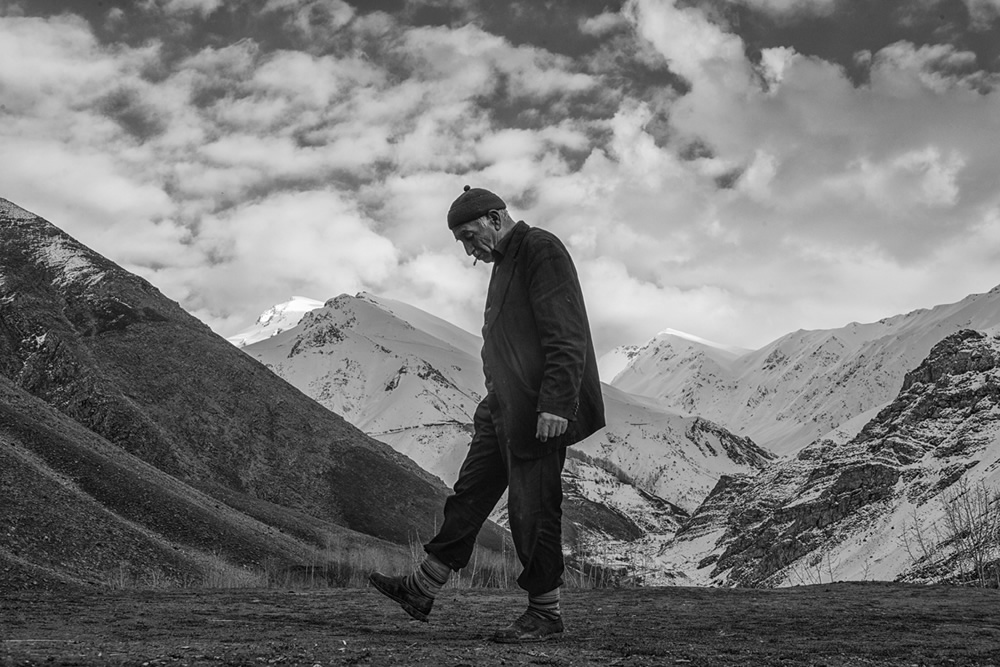
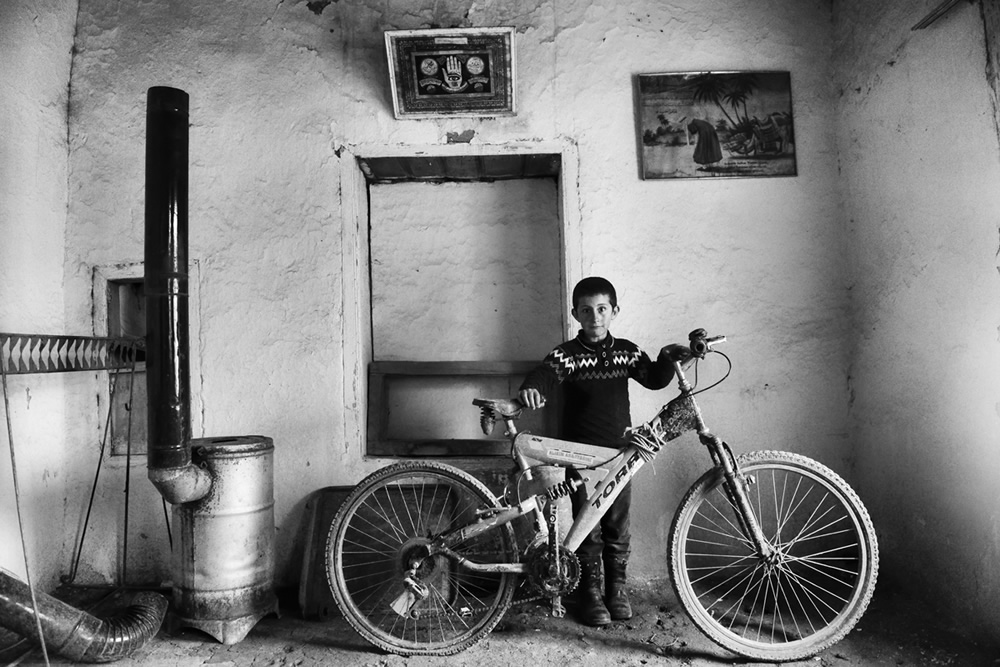
What are your thoughts on working on single images versus projects?
I love them both. They offer different opportunities and challenges. Singles are like short stories, projects are like novels. The former is challenging because you need to push the limits to tell a whole story in a single shot. Yet, a single strong image can stand out alone. The latter needs coherence, you need to stick to a topic for a long time and go deep into it. The images should not only stand alone but also make a whole together, like a puzzle where each piece is meaningful as well. Yet, you can build a visual narrative.

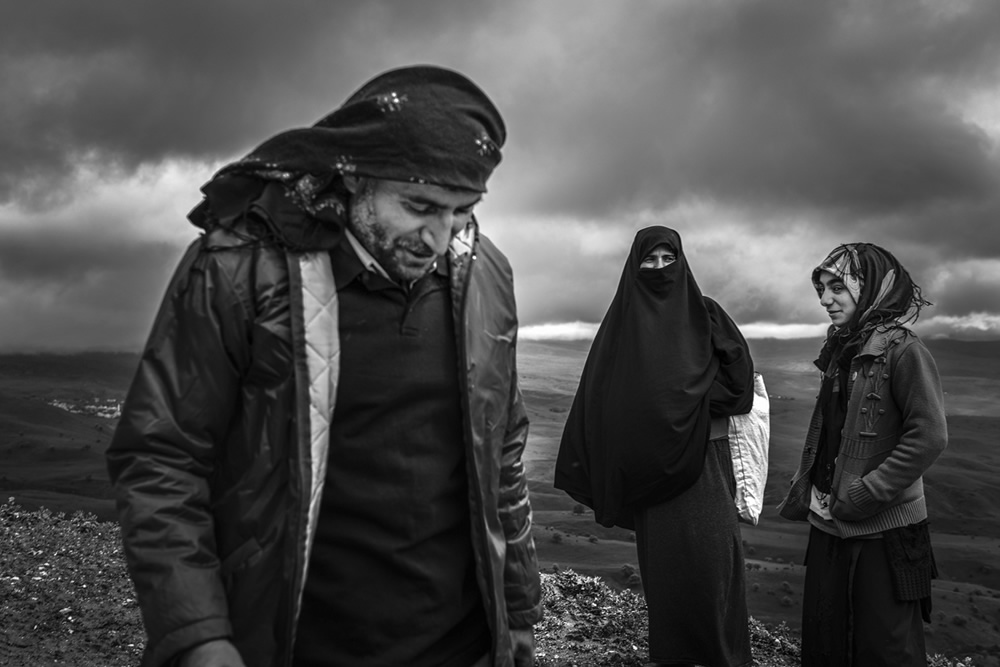
What is that you have adhered and learned through photography over the years?
I love it when an artist reinvents himself/herself and keeps fresh with continuous evolution. I think that’s what binds me to photography with a passion, the infinite possibilities to try new things that excite me. Yet there is always something in new works that speaks to the old. I always try to find the right balance between experimentation and consistency.
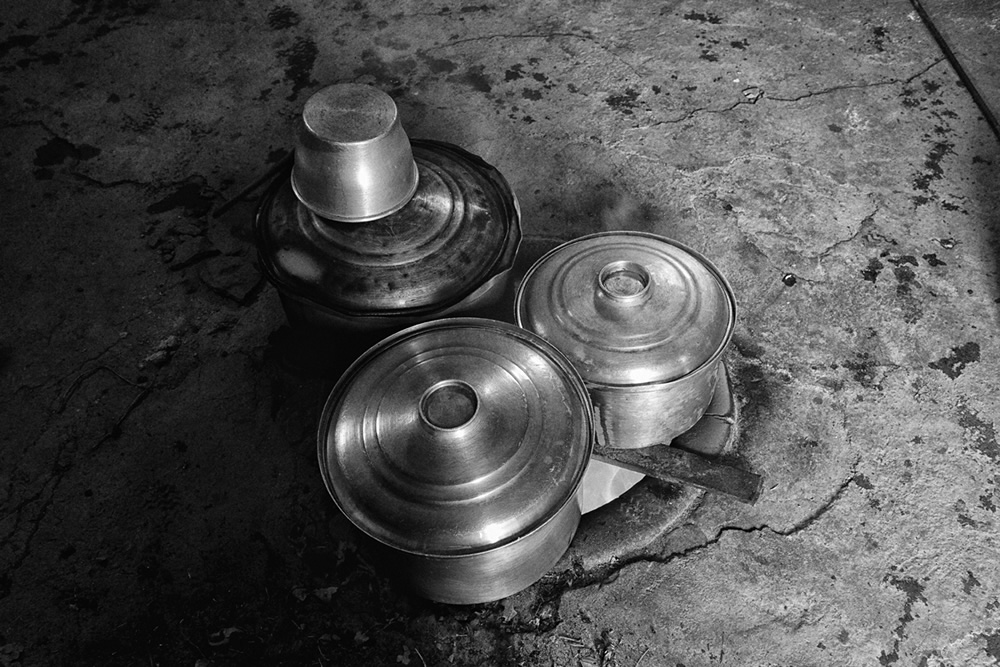
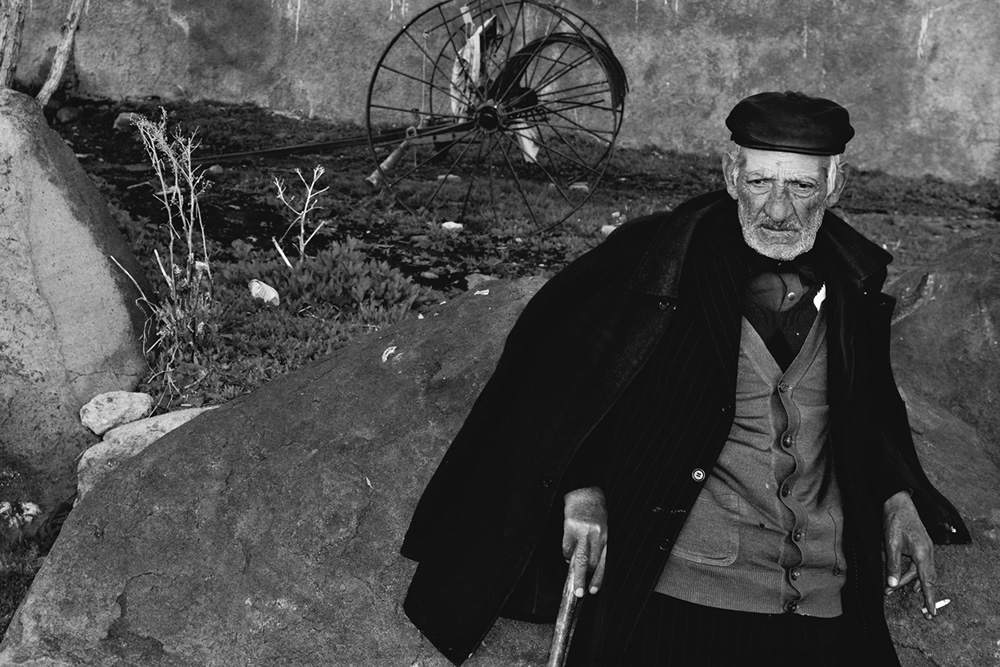
What is a good photograph for you?
Irvin Penn puts it elegantly, “A good photograph is one that communicates a fact, touches the heart, leaves the viewer as a changed person for having seen it.”. Though I agree, I’d rather not define a good photograph, but talk about the photographs I love the most. I love photographs with a peculiar balance of beauty and imperfection. It should touch me, even before the viewers.

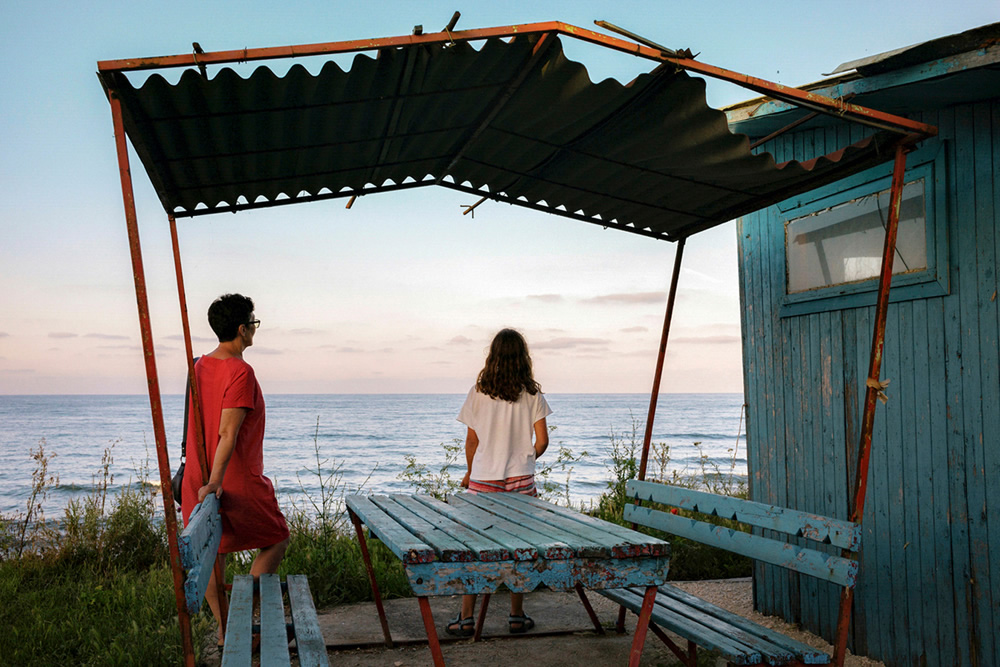
Could you please share one or two photographs from your portfolio and the story behind it?
One of the most personally special photographs in Dreams the Black Sea series is of my daughter sleeping in the garden where I had spent my childhood.

What do you do to keep motivated, and not lose your passion for photography?
I am quite obsessed with and completely passionate about photography. Obsession and passion make up a very productive couple. Photography is a continuous exploration for me, a never-ending journey to the core of the self. You just keep going.
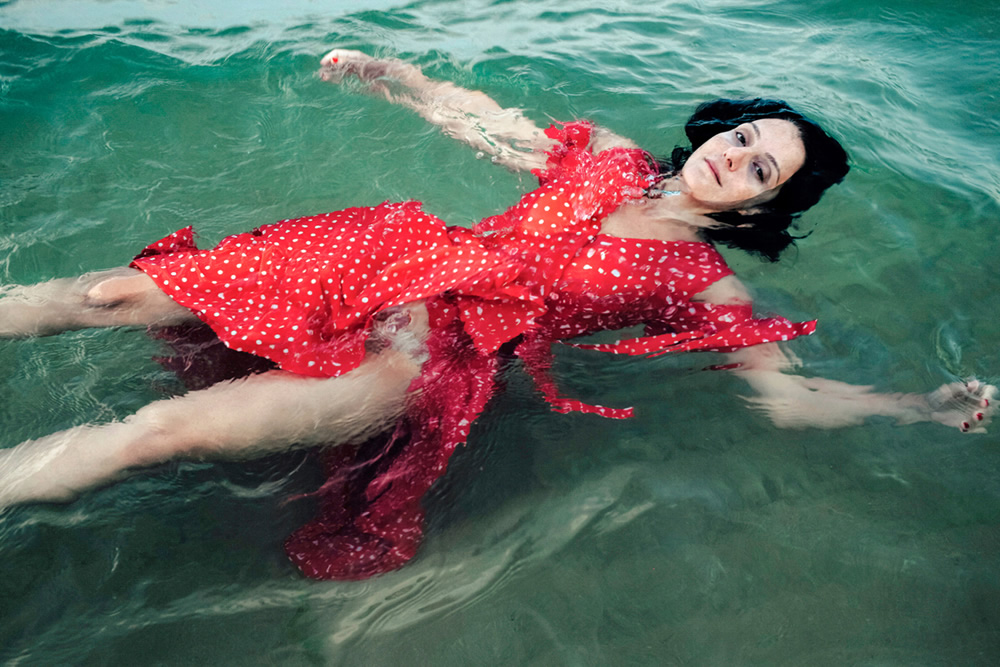
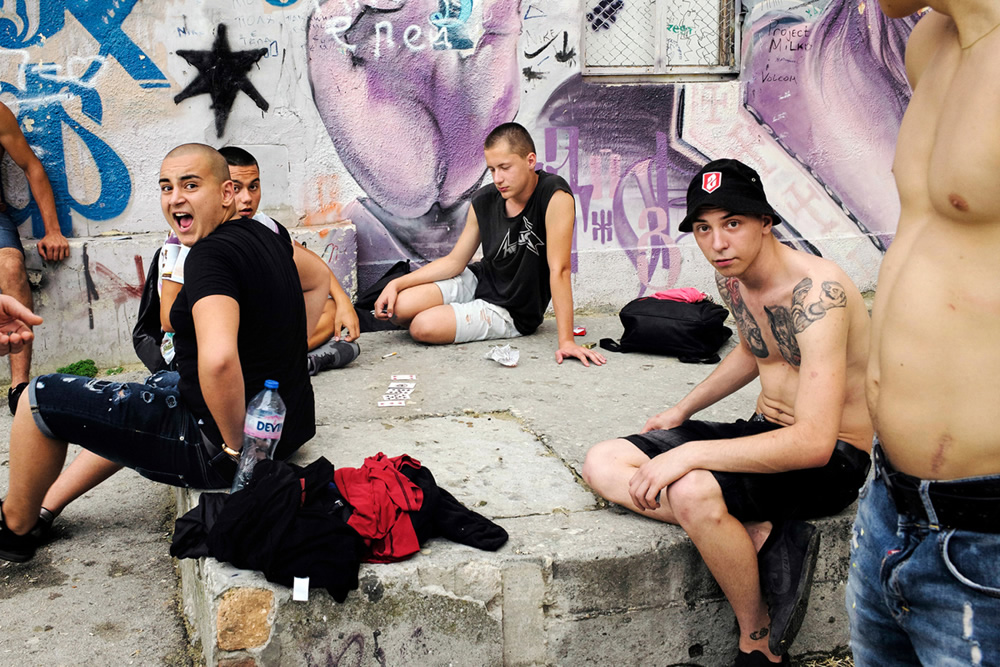
Which photographers have inspired you?
Among all the masters of photography, such as Cartier-Bresson, Man Ray, Sally Mann, and others, I would give Bill Brandt a special place. His work motivated and inspired me to build my own visual language, my own style. I should also cite Eugenio Recuenco, whose style has always been a spark for my creativity.
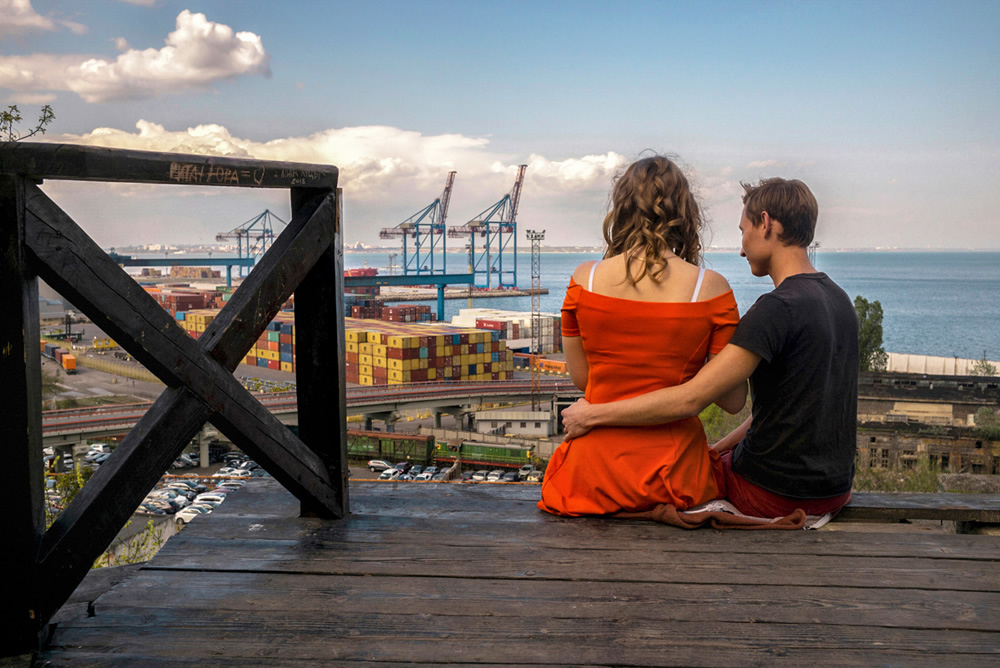
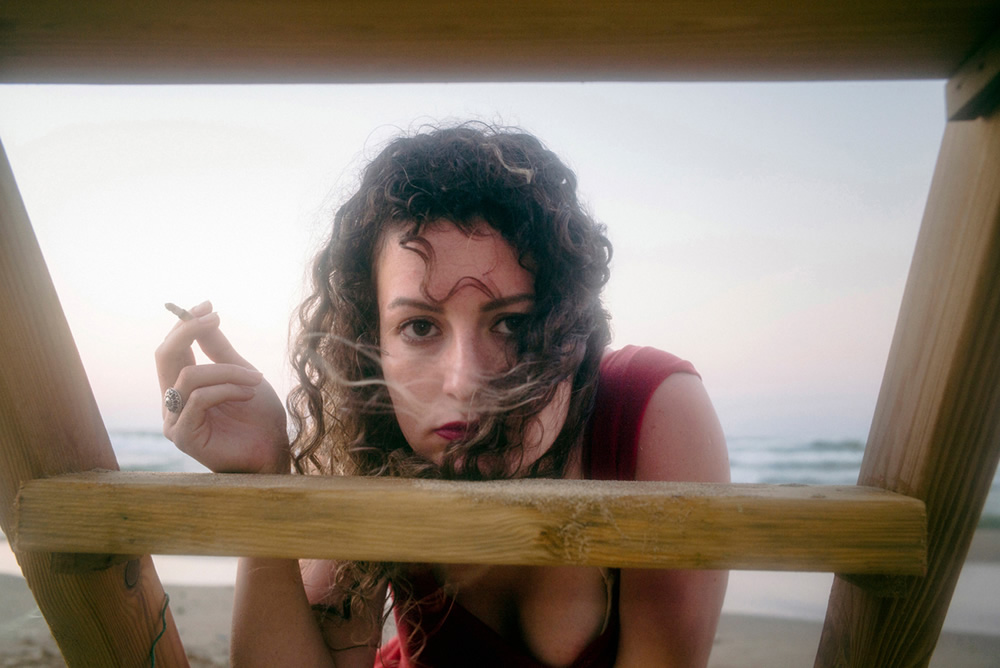
What camera and lenses do you use the majority of the time?
Most recently, I have been using a Leica M-P (Typ 240) with Summicron-M 35 f/2 Asph.
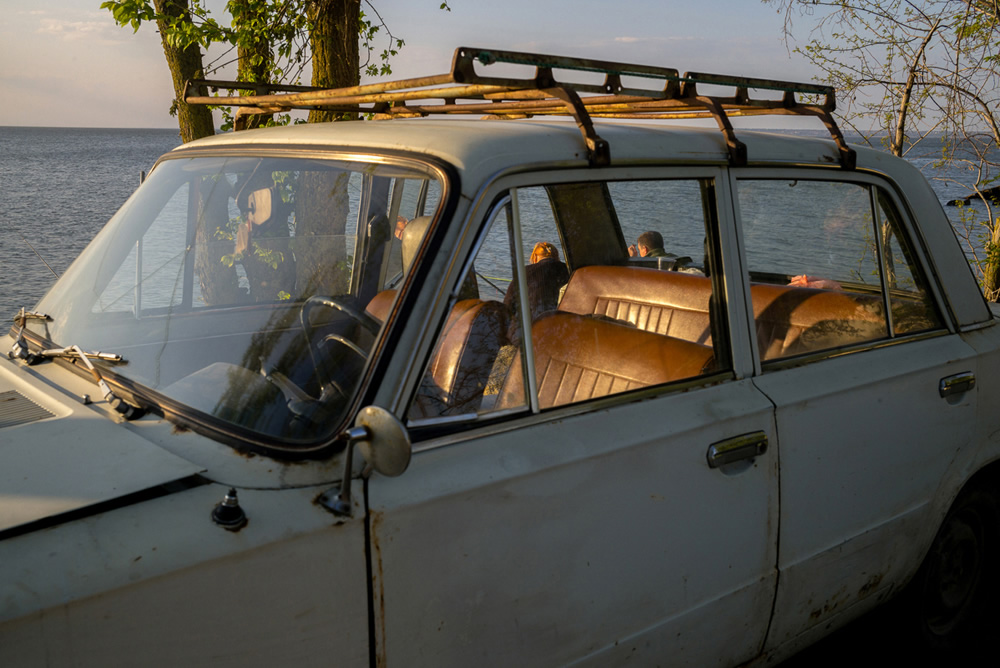
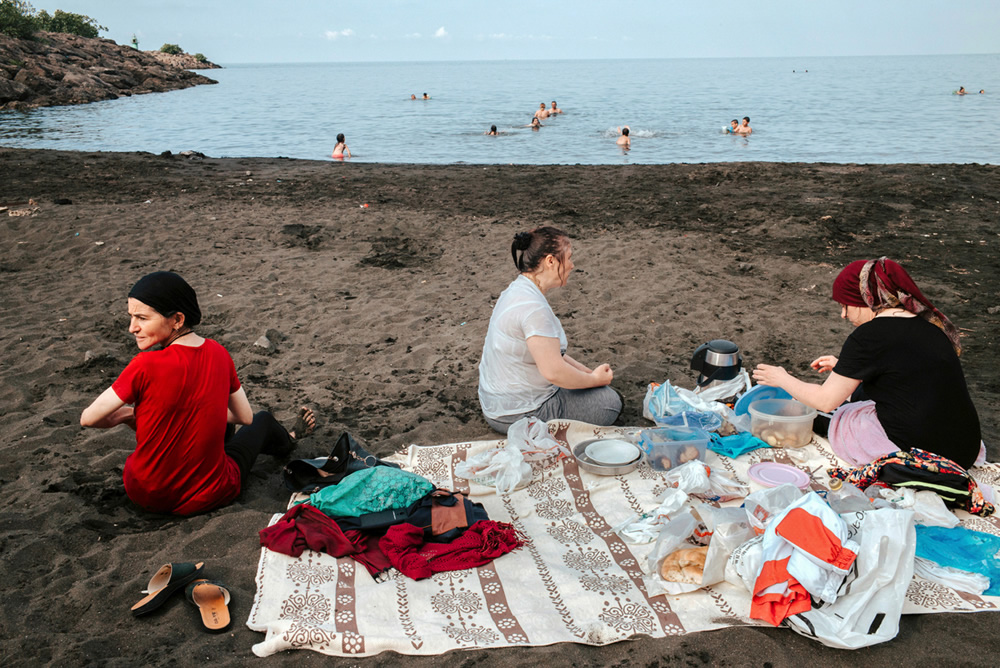
Any favorite photography books?
- I know how furiously beat your heart by Alex Soth
- Trails of Afghan Heroin by Robert Knoth & Antoinette de Jong
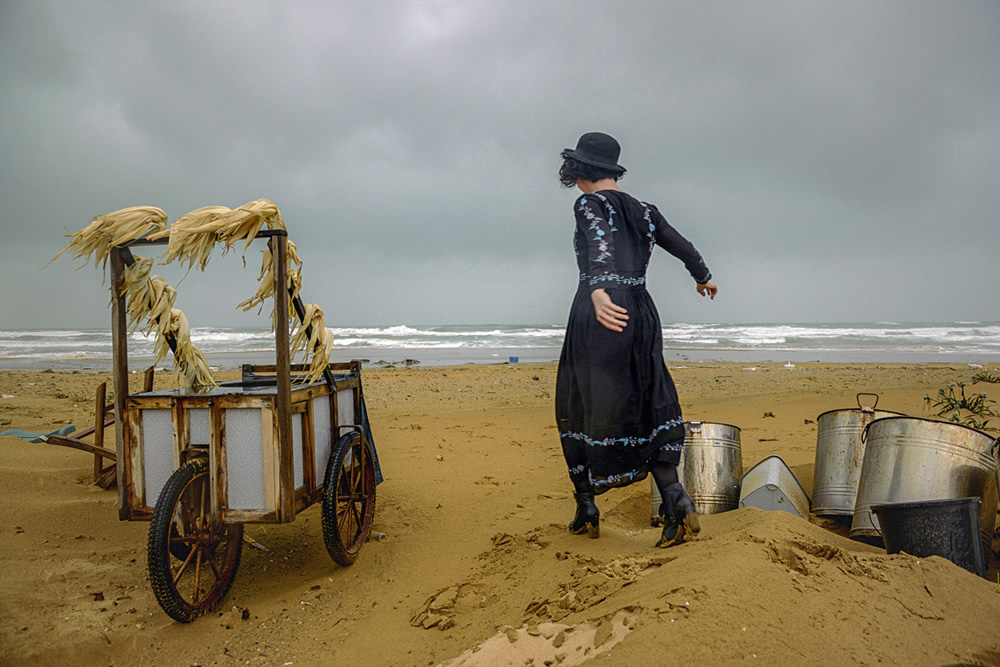
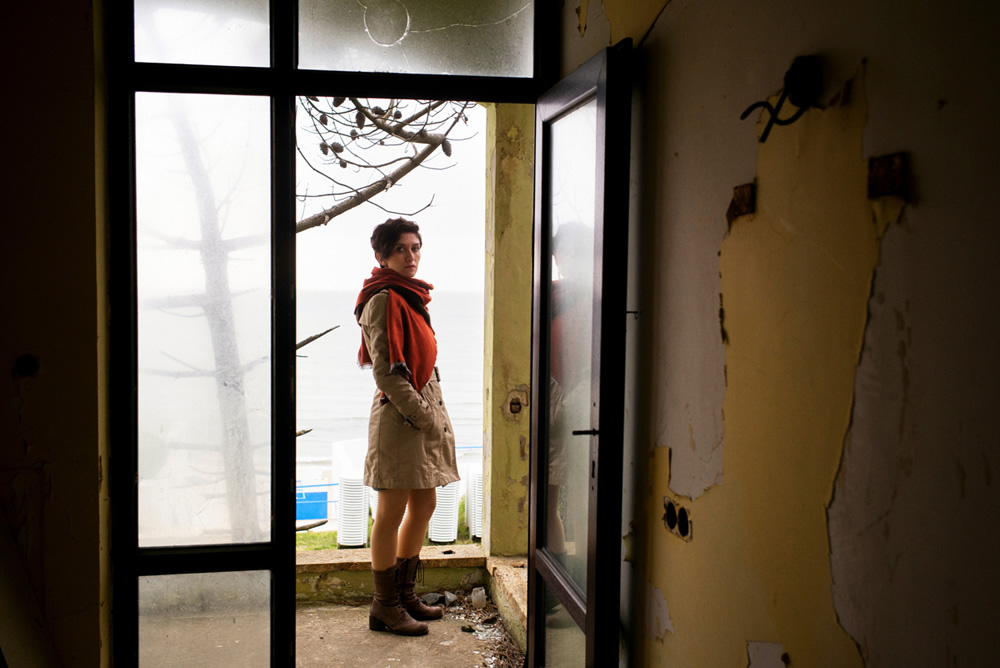
What do you consider your greatest achievement?
Moments that I collected over the years.
Apart from photography, tell me about your hobbies and interests?
Here are some clues from the things that swirl around in my brain, in no particular order: My daughter, David Bowie, Aretha Franklin, train trips, painters, August Sander, Diane Arbus… I should also mention a few writers, such as Bukowski, Jack Kerouac, and Raymond Carver.
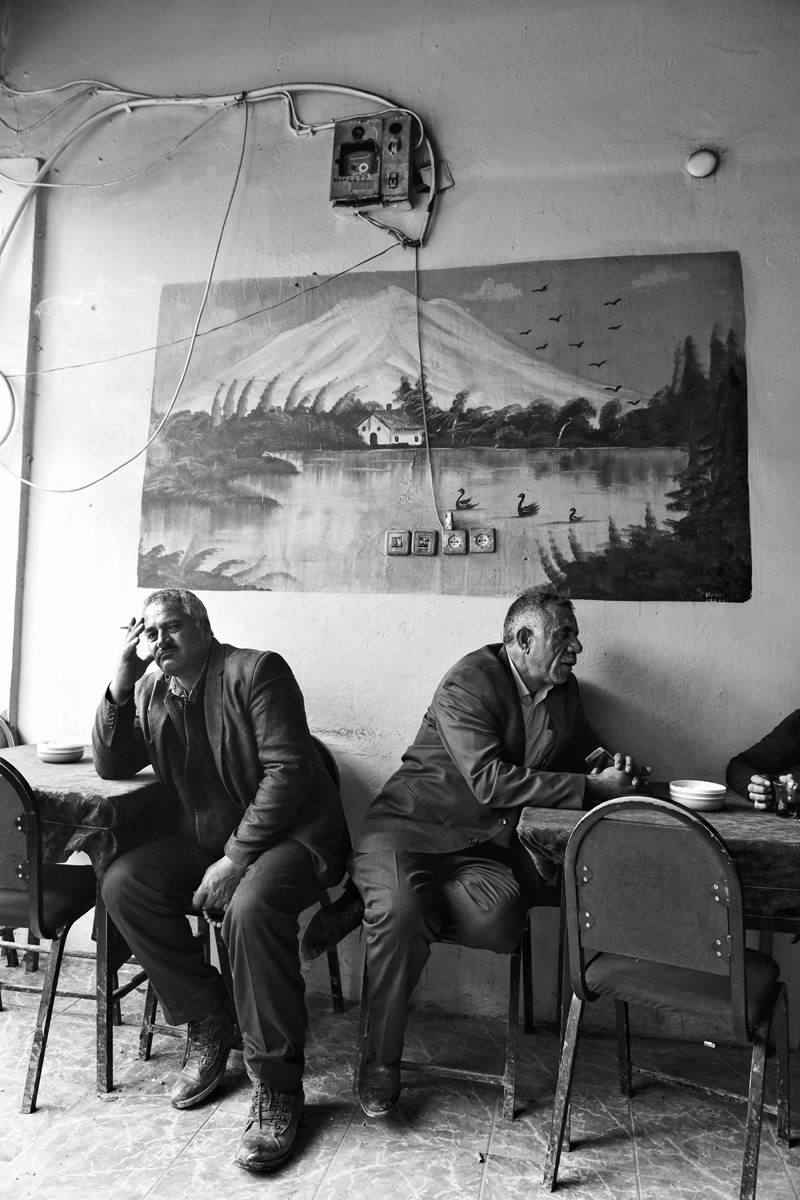
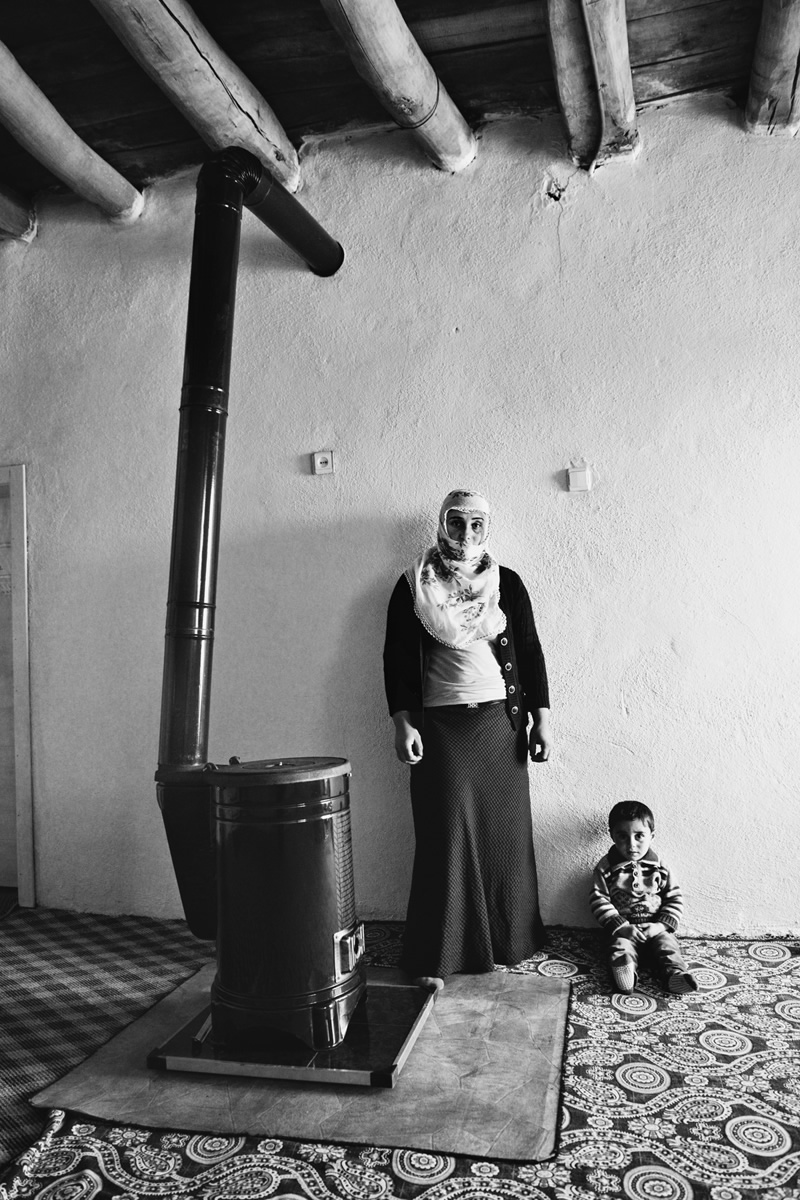
Thanks again for providing 121 Clicks with this opportunity to interview you. Any final thoughts for our readers?
Thank you for your invitation, I enjoyed it a lot.
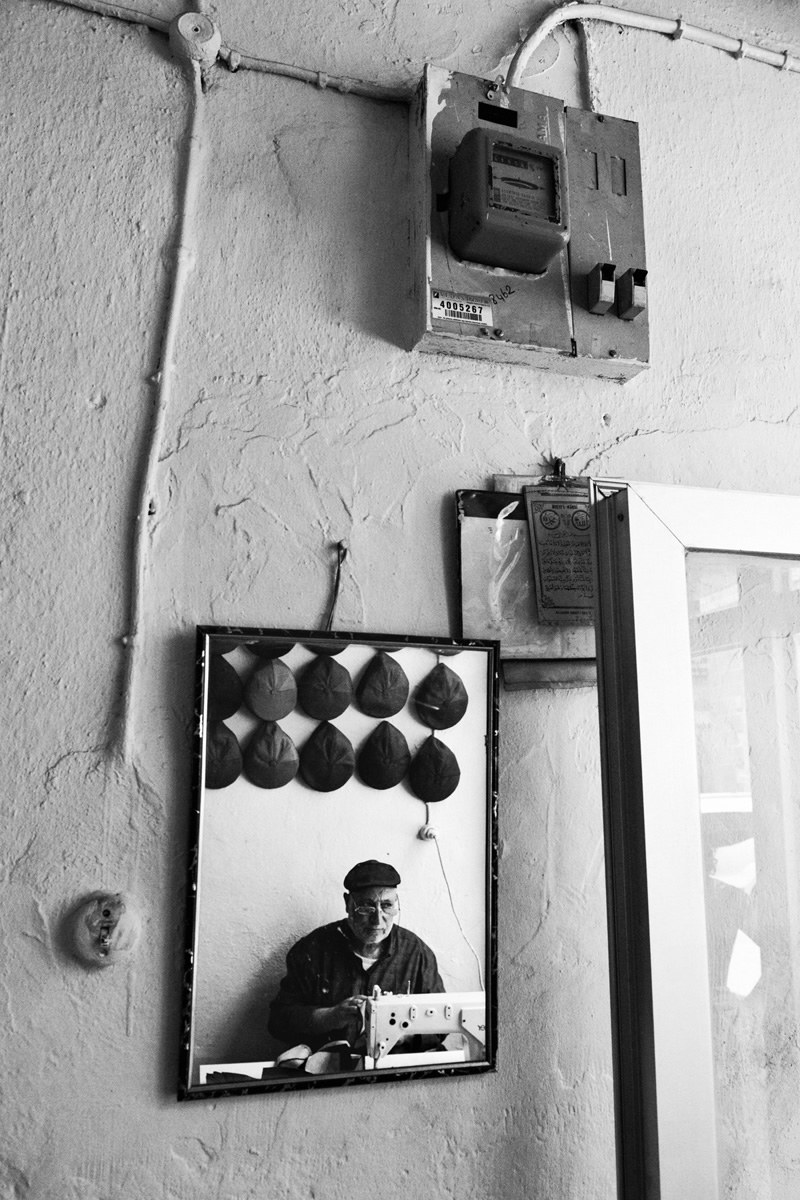
You can find Suzan Pektas on the Web:
Copyrights:
All the pictures in this post are copyrighted Suzan Pektas. Their reproduction, even in part, is forbidden without the explicit approval of the rightful owners.

